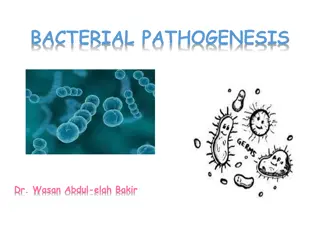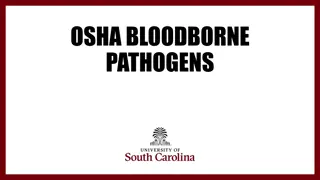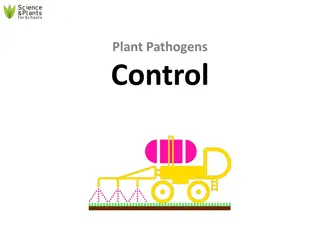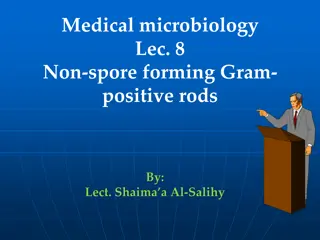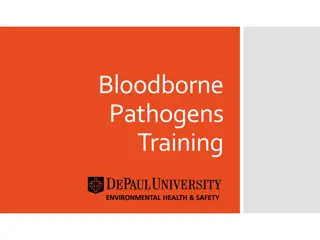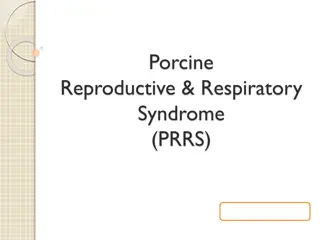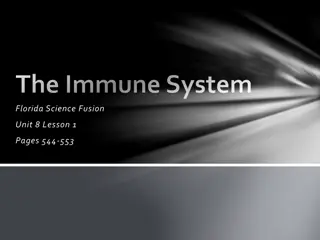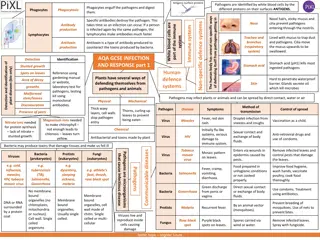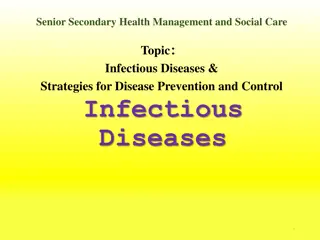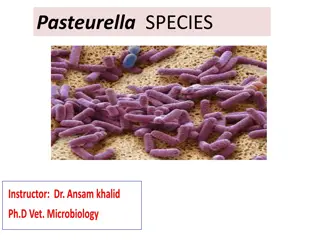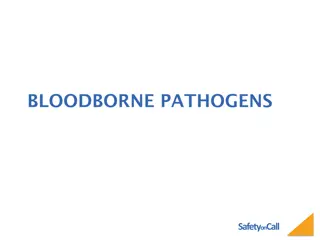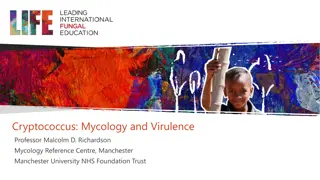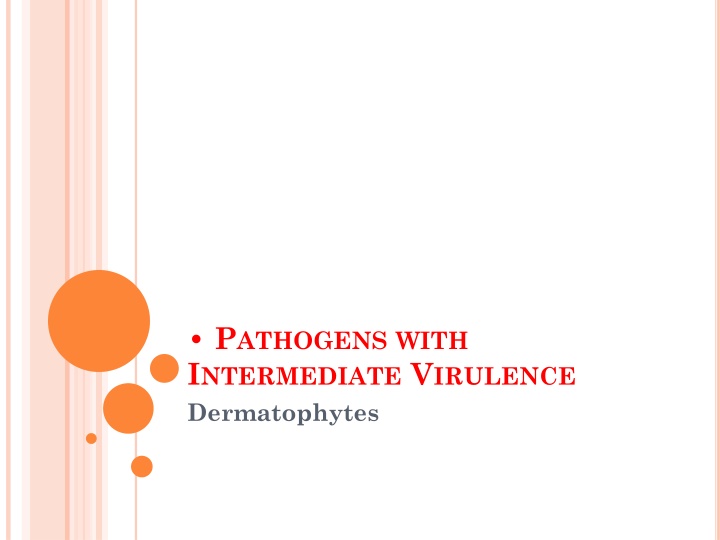
Dermatophytes and Tinea Infections
Dermatophytes are fungi that require keratin for growth and can cause superficial infections of the skin, hair, and nails. Known as ringworm or tinea, these infections are spread through direct or indirect contact and are typically caused by Trichophyton, Microsporum, and Epidermophyton fungi. Different types of dermatophyte infections are named based on the body site involved, such as tinea capitis for the scalp and tinea pedis for the feet. Learn more about these common fungal infections and their sources of transmission.
Download Presentation

Please find below an Image/Link to download the presentation.
The content on the website is provided AS IS for your information and personal use only. It may not be sold, licensed, or shared on other websites without obtaining consent from the author. If you encounter any issues during the download, it is possible that the publisher has removed the file from their server.
You are allowed to download the files provided on this website for personal or commercial use, subject to the condition that they are used lawfully. All files are the property of their respective owners.
The content on the website is provided AS IS for your information and personal use only. It may not be sold, licensed, or shared on other websites without obtaining consent from the author.
E N D
Presentation Transcript
PATHOGENS WITH INTERMEDIATE VIRULENCE Dermatophytes
Dermatophytes are fungi that require keratin for growth. These fungi can cause superficial infections of the skin, hair, and nails. Dermatophytes are spread by direct contact from other people (anthropophilic organisms), animals (zoophilic organisms), and soil (geophilic organisms), or indirect contact with infected exfoliated skin or hair in combs, hair brushes, clothing, furniture, theatre seats, caps, bed linens, towels, hotel rugs, and locker room floors
These infections are known as ringworm or tinea Dermatophytes usually do not invade living tissues, but colonize the outer layer of the skin.
Three different types of fungi can cause this infection: trichophyton, microsporum, and epidermophyton. It is possible that these fungi may live for an extended period of time as spores in soil
At the National Centre for Mycology - about 58% of the dermatophyte species isolated are Trichophyton rubrum 27% are T. mentagrophytes 7% are T. verrucosum 3% are T. tonsurans Infrequently isolated (less than 1%) are Epidermophyton floccosum, Microsporum audouinii, M. canis, M. equinum, M. nanum.
Epidermophyton produces only macroconidia, no microconidia and consists of 2 species, one of which is a pathogen. Microsporum - Both microconidia and rough-walled macroconidia characterize Microsporum species. There are 19 described species but only 9 are involved in human or animal infections. Trichophyton -the macroconidia of Trichophyton species are smooth-walled. There are 22 species, most causing infections in humans or animals.
TYPES OF DERMATOPHYTE INFECTIONS Dermatophytoses are referred to as tinea infections. They are also named for the body site involved Scalp - tinea capitis. Feet - tinea pedis. Hands - tinea manuum. Nail - tinea unguium (or onychomycosis). Beard area - tinea barbae. Groin - tinea cruris. Body including trunk and arms - tinea corporis
symptoms Itching, rash and nail discolouration are the most common symptoms of tinea infection. Hair loss occurs with tinea capitis (mainly a disease of children) . patches that may be more red on the outside edges or resemble a ring patches with edges that are defined It is common in people who play contact sports. It occurs in immunocompromised patients
It can cause hair loss with broken hairs at the surface
DIAGNOSING RINGWORM (DERMATOPHYTOSIS skin biopsy the doctor will take a sample of your skin or discharge from a blister and will send it to a lab to test it for the presence of fungus KOH exam the doctor will scrape off a small area of infected skin and place it in potassium hydroxide (KOH). The KOH destroys normal cells and leaves the fungal cells untouched, so they are easy to see under a microscope
Microscopy of skin and nail specimens may reveal hyphae and spores. Fungal culture can identify the species but is not always reliable and it can take six weeks to get results. Ultraviolet light (Wood's light) is useful for tinea capitis especially. Fluorescence is produced by the fungus. Fluorescence is not seen with tinea corporis or tinea cruris. Rarely, a biopsy may be needed if the case is atypical or not responding to treatment


